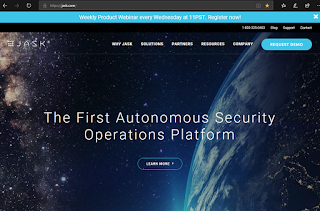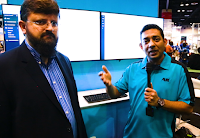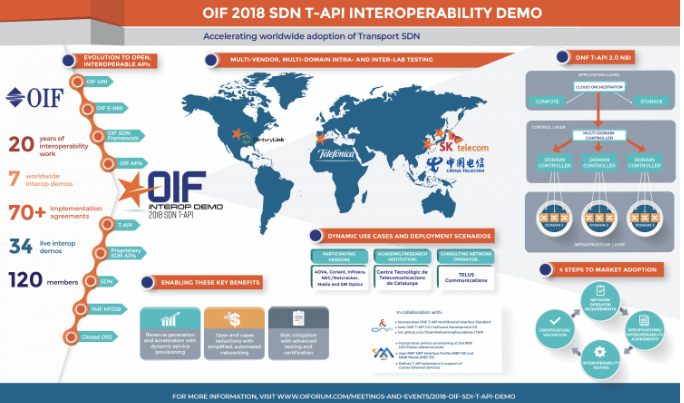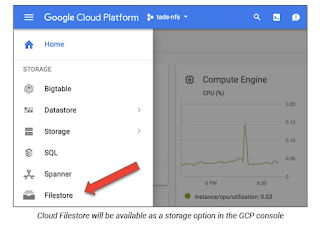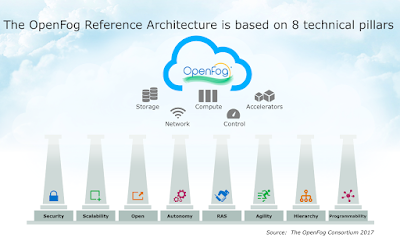Veridium, a start-up based in Quincy, Mass., announced $16.5 million in Series B funding for its biometric authentication solutions.
Veridium offers a software-only biometrics platform that enables users to replace passwords, tokens, OTPs or swipe cards with multiple biometrics from their smartphone. The solutions include native device sensors such as face and fingerprint, and Veridium’s 4 Fingers TouchlessID. The result is increased security, improved convenience and user experience; all while reducing fraud at a lower total cost of ownership than traditional multi-factor authentication (MFA) solutions.
The investment round was led by UK entrepreneur and philanthropist, Michael Spencer, with participation from Citrix Systems, Inc. and financial services executive and investor Michael Powell.
“In today’s digital age, global organizations are challenged to secure their most critical assets against advanced threats in a way that’s both convenient and secure,” said Michael Spencer. “Veridium is unique in the industry because it provides organizations an enterprise-ready authentication solution to address those problems with the adoption of biometrics – while increasing security and convenience.”
https://www.veridiumID.com
Veridium offers a software-only biometrics platform that enables users to replace passwords, tokens, OTPs or swipe cards with multiple biometrics from their smartphone. The solutions include native device sensors such as face and fingerprint, and Veridium’s 4 Fingers TouchlessID. The result is increased security, improved convenience and user experience; all while reducing fraud at a lower total cost of ownership than traditional multi-factor authentication (MFA) solutions.
The investment round was led by UK entrepreneur and philanthropist, Michael Spencer, with participation from Citrix Systems, Inc. and financial services executive and investor Michael Powell.
“In today’s digital age, global organizations are challenged to secure their most critical assets against advanced threats in a way that’s both convenient and secure,” said Michael Spencer. “Veridium is unique in the industry because it provides organizations an enterprise-ready authentication solution to address those problems with the adoption of biometrics – while increasing security and convenience.”
https://www.veridiumID.com
- In May, Veridium announced that it had been selected by a multinational Swiss bank to replace passwords, tokens and swipe cards, validating the need for stronger more user-friendly authentication processes.
















